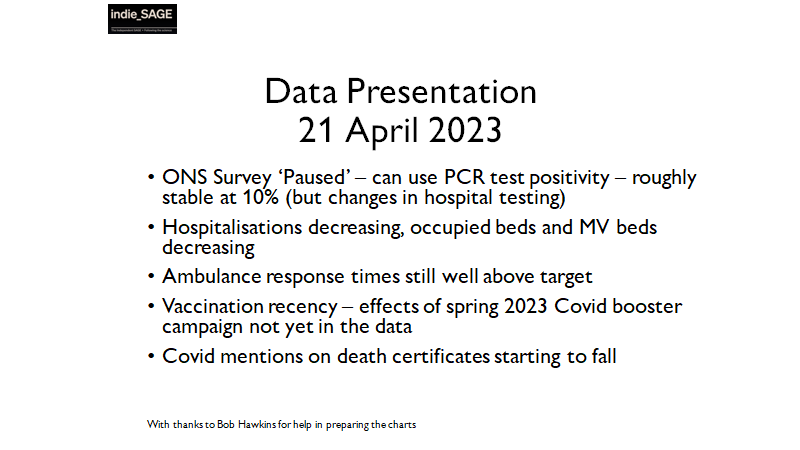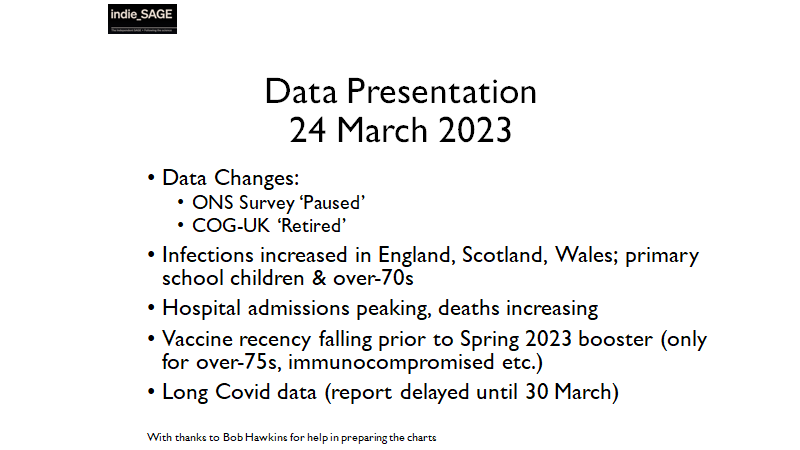Here are my heatmaps for detected cases, hospitalizations, vaccines, and variants. Data released 22 April 2021 for cases to 18 April 2021 apart from variants (data to 21 April 2021). 

DETECTED CASES
Falling in all age groups. A very good sign. Cases will not yet have been detected as a result of Step 2 (open air pubs etc.)
Falling in all age groups. A very good sign. Cases will not yet have been detected as a result of Step 2 (open air pubs etc.)

POSITIVITY
Low for all age groups.
High use of lateral flow tests will reduce positivity.
Very low positivity in 10-19 age group due to school lateral flow testing.
Higher positivity in 5-9 (esp. females) (no routine LFD testing)

Low for all age groups.
High use of lateral flow tests will reduce positivity.
Very low positivity in 10-19 age group due to school lateral flow testing.
Higher positivity in 5-9 (esp. females) (no routine LFD testing)


VACCINES
(I will produce charts for variants data this evening)
https://twitter.com/Dr_D_Robertson/status/1385225504509284361
(I will produce charts for variants data this evening)
• • •
Missing some Tweet in this thread? You can try to
force a refresh























